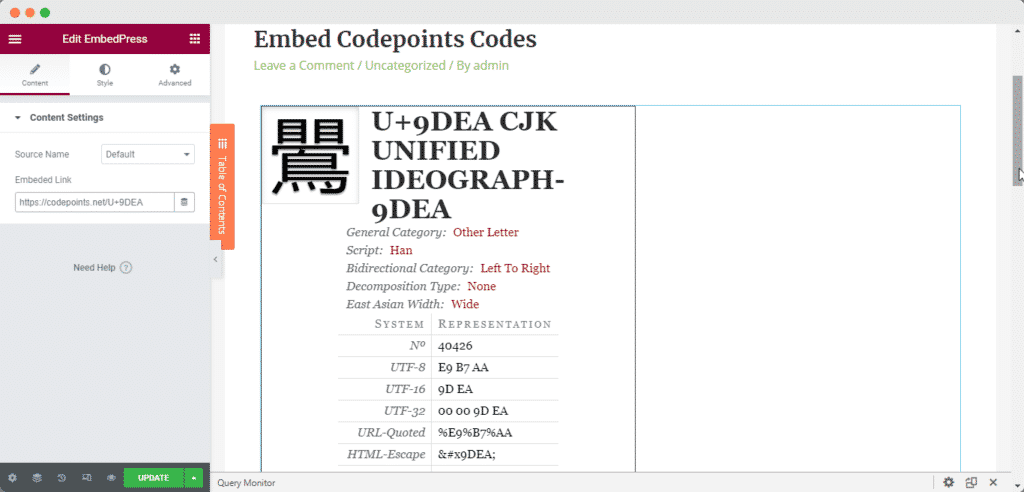

As a result, Hangul was initially denounced and disparaged by the Korean educated class. Hangul was created in 1443 CE by King Sejong the Great in an attempt to increase literacy by serving as a complement (or alternative) to the logographic Sino-Korean Hanja, which had been used by Koreans as its primary script to write the Korean language since as early as the Gojoseon period (spanning more than a thousand years and ending around 108 BCE), along with the usage of Classical Chinese. It has been described as a "syllabic alphabet", as it combines the features of alphabetic and syllabic writing systems, although it is not necessarily an abugida. The letters for the five basic consonants reflect the shape of the speech organs used to pronounce them, and they are systematically modified to indicate phonetic features similarly, the vowel letters are systematically modified for related sounds, making Hangul a featural writing system. The Korean alphabet, known as Hangul ( English: HAHN-gool) in South Korea and Chosŏn'gŭl in North Korea, is the modern official writing system for the Korean language. The Wikipedia has the following information about this codepoint: It has type Other Letter for sentence and Alphabetic Letter for word breaks. In text U+3164 behaves as Ideographic regarding line breaks. The glyph can, under circumstances, be confused with 1 other glyphs. In bidirectional context it acts as Left To Right and is not mirrored. The glyph is a Compat composition of the glyph Glyph for U+1160 Hangul Jungseong Filler. This character is a Other Letter and is mainly used in the Hangul script.

It belongs to the block U+3130 to U+318F Hangul Compatibility Jamo in the U+0000 to U+FFFF Basic Multilingual Plane. U+3164 was added to Unicode in version 1.1 (1993). Copy to clipboard share this codepoint embed this codepoint


 0 kommentar(er)
0 kommentar(er)
